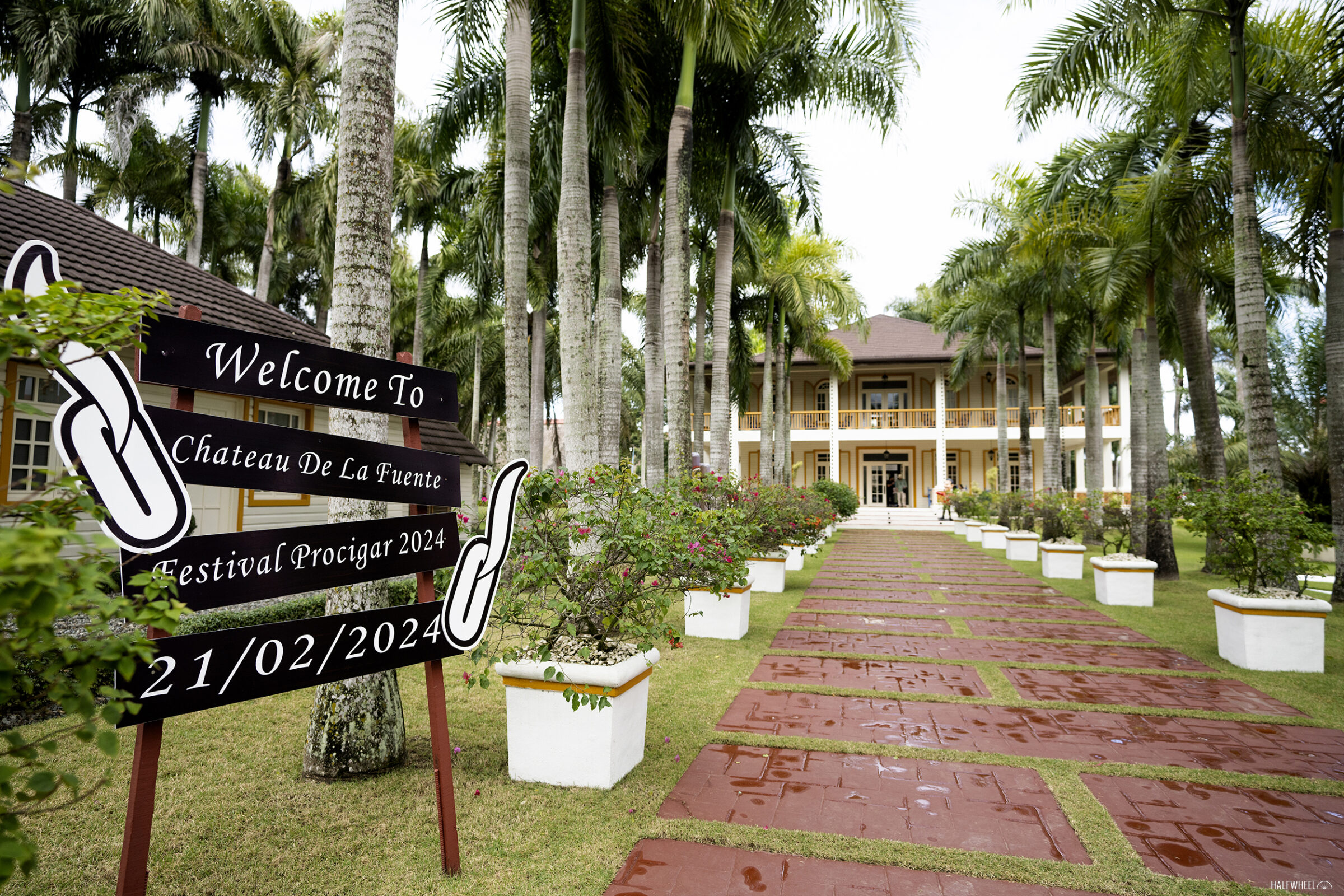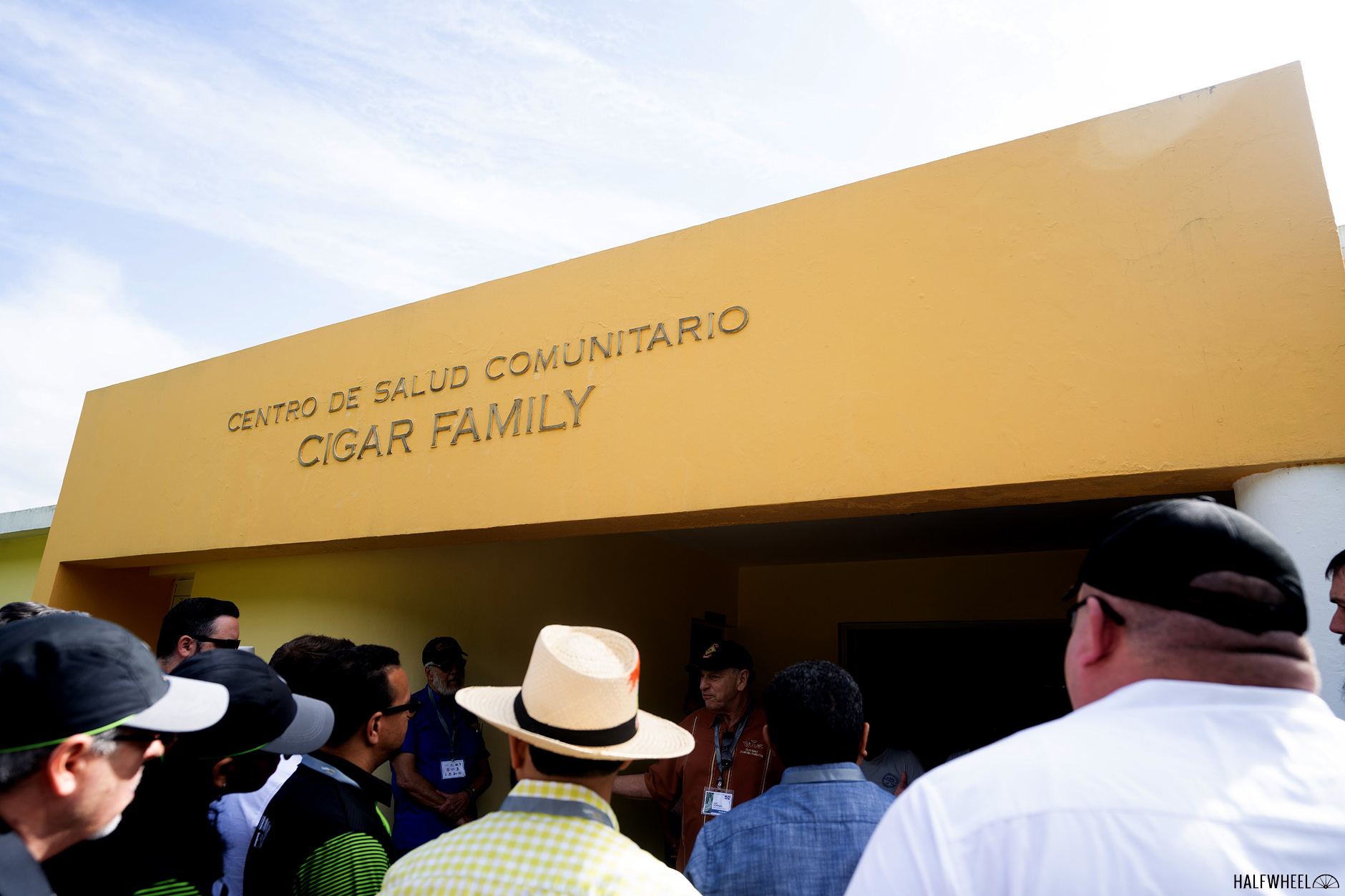While most of the Procigar tours on Wednesday stay relatively close to Santiago—if not in Santiago, perhaps in Tamboril or Licey—I was headed further east to the town of Caribe. Instead of hopping on the bus, I was able to catch a ride to arrive at Chateau de la Fuente—the farm where Fuente grows tobacco for OpusX—earlier than the large group.

It proved to be a fortunate way of getting there, as I was able to see a new-to-me building that the company built on the farm that is used for sorting. Unfortunately, the building wasn’t actively sorting tobacco when I was there, but it was interesting to hear why the company decided to build it. While Chateau de la Fuente is unlike any other tobacco farm in thousands of different ways, there are very few farms I’ve ever been to that have buildings for this purpose.
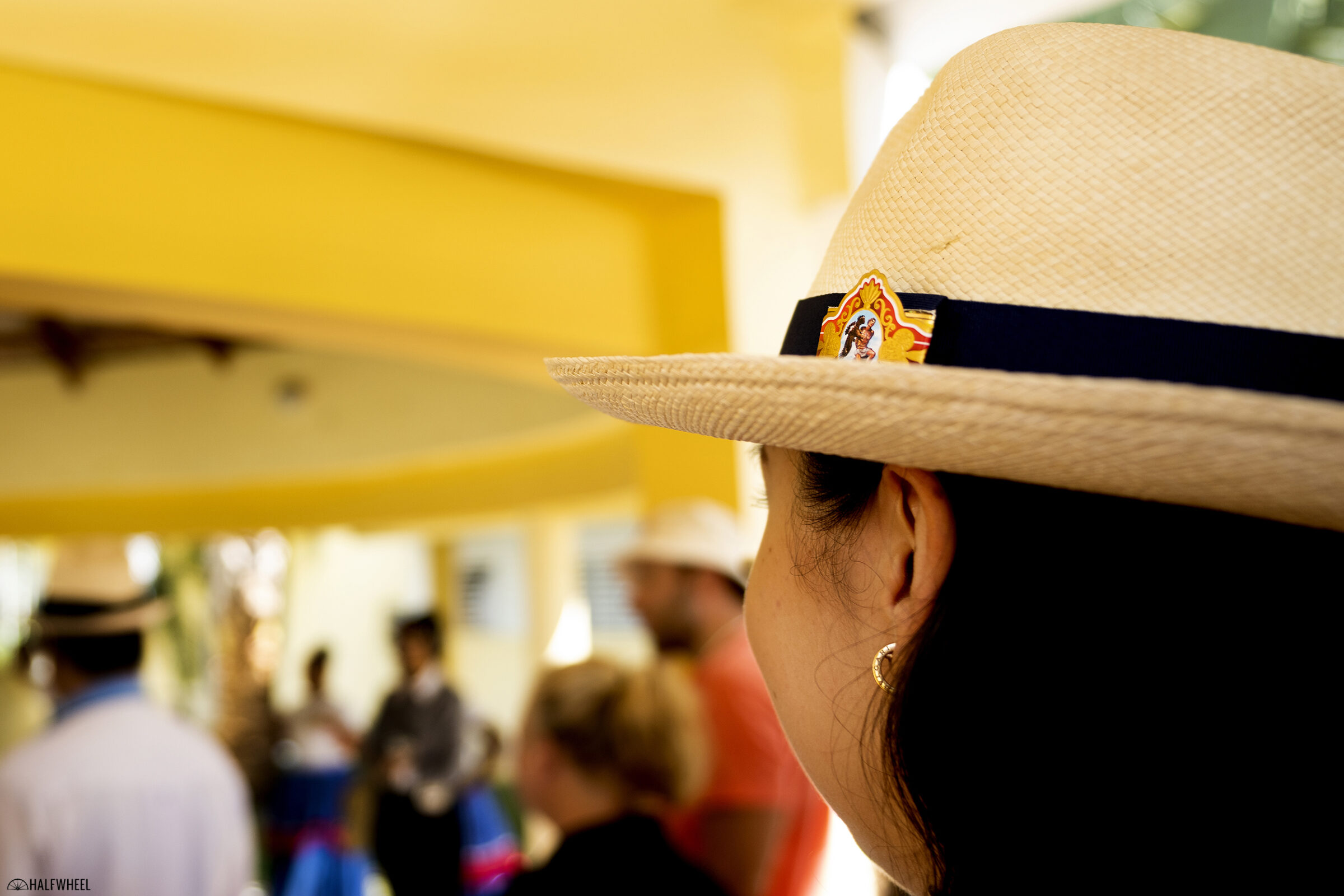
While the tobacco farm might be more interesting to most of our readers, that is not why I chose to be on this tour. I wanted to see once again the Cigar Family Charitable Foundation, a school started by the (Arturo) Fuente and (J.C.) Newman families. This is the fifth time that halfwheel is writing about a Cigar Family Charitable Foundation tour during Procigar, I’d recommend you read the other four, which include Patrick Lagreid’s perspective and a lot of the biographical information about how this school came to be:
The somewhat short version is that in the early days of Fuente’s ownership of the farm, Carlos “Carlito” Fuente Jr. would drive up and kids would run to his car begging for money. Over the years, I’ve repetitively been told a few things about Caribe: it gets more rain than any other part of the country, it’s a mining town, and it’s rather poor.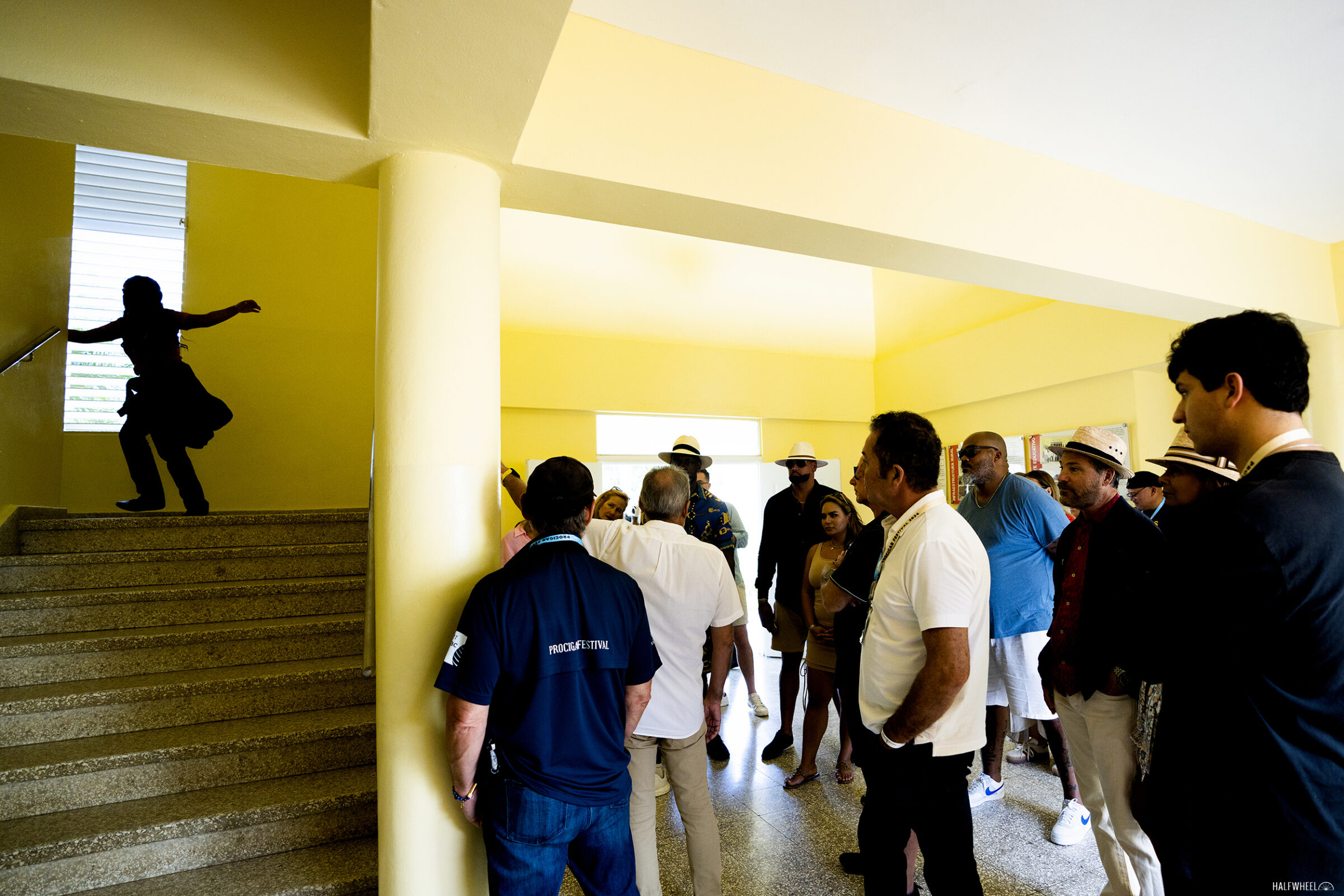
After growing tired of seeing the kids begging for money and not in school, Fuente Jr. looked into why the kids were begging. As it turns out, these kids were begging for money in the middle of the day because school was not an option. Their parents could not afford to send the kids to school because they needed them to earn money. Rather than simply donating to improve an existing school, Fuente Jr. began thinking about building a school. Originally, the school opened with plans of just operating through middle school, but given that the graduates would most likely not attend a high school, a high school was added. In addition to the primary and high schools, there’s a technical school for older students to get specialized training in things like hospitality or elder care. Currently, construction is underway for a new school of the arts and an amphitheater; in total, four new buildings are slated to open before the end of the year.
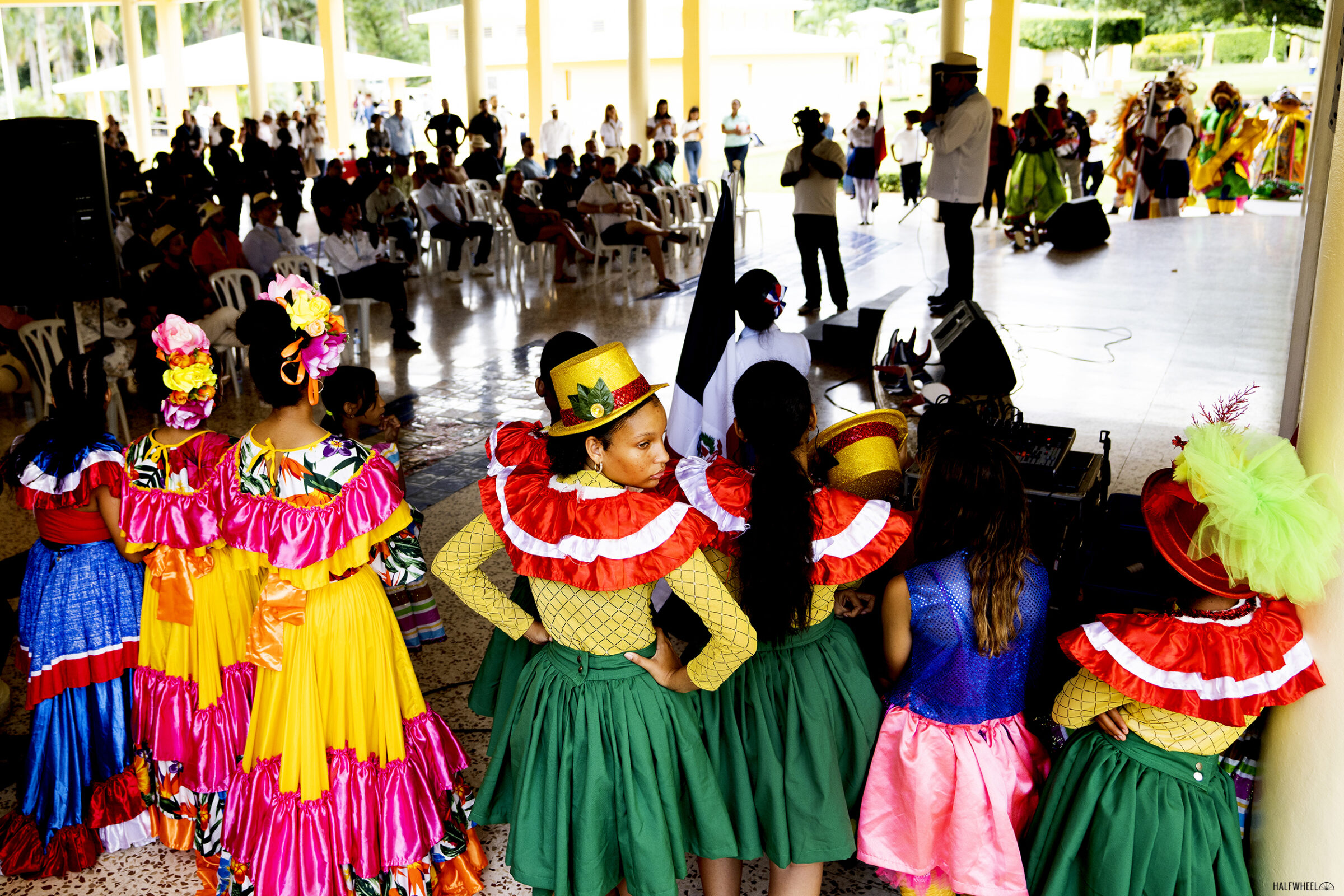
The students receive an education. They take classes in Spanish, English and French. There are activities offered, from dance and baseball to music and karate. The students compete and win—to the point of being banned—in international academic competitions. Many of the graduates become not only the first ones in their families to complete any form of education, but also become college graduates. Perhaps most importantly, many of them have come back to work as teachers or doctors at Cigar Family Charitable Foundation.
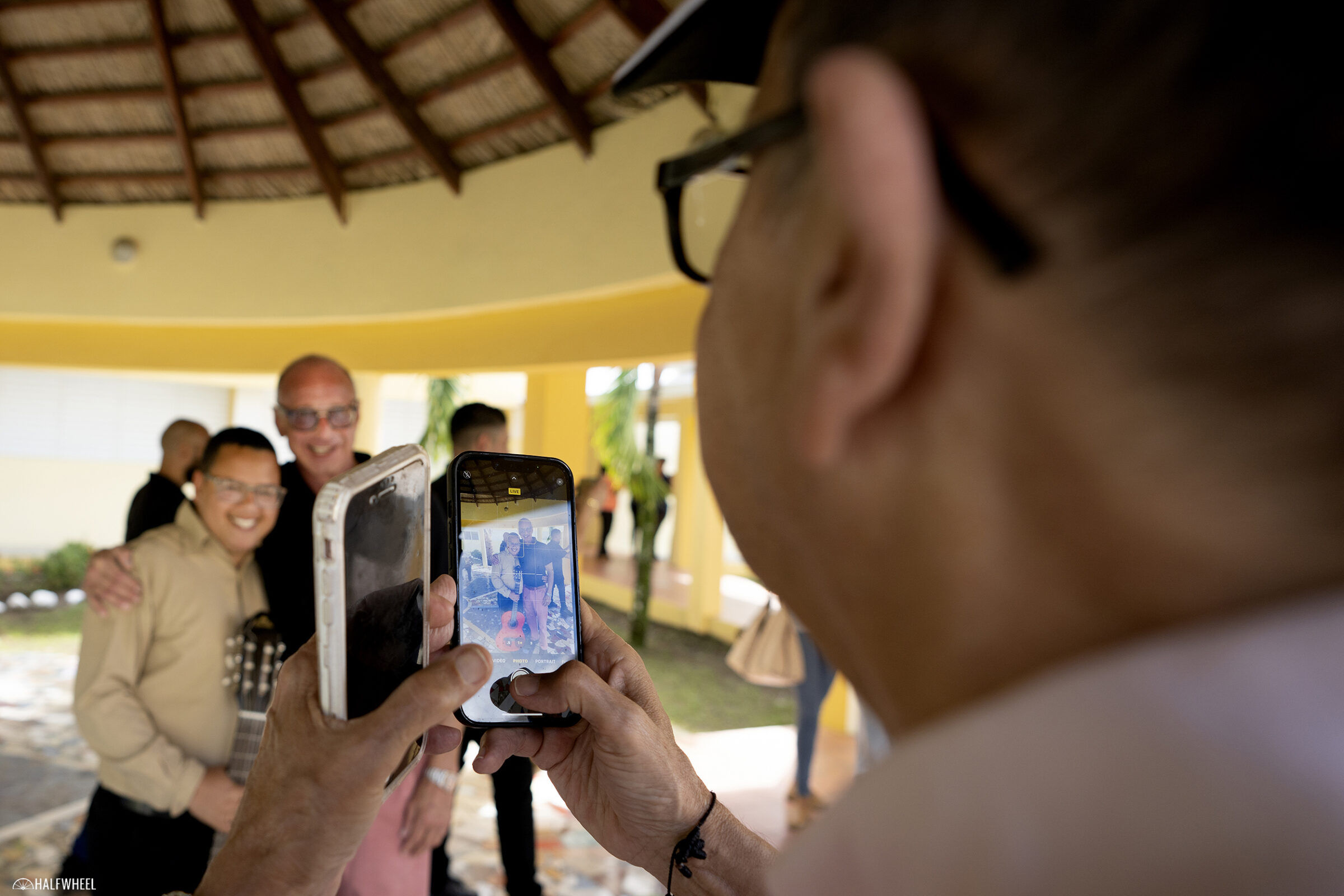
Beyond the students, the foundation helps the families of students with things ranging from food to social care. Even for people who don’t attend school, the foundation does things like install water filters or refinish roofs for residents who are interested. Yesterday, Bobby Newman of J.C. Newman was here with a group of U.S. retailers and eye doctors giving out eye exams to the students.
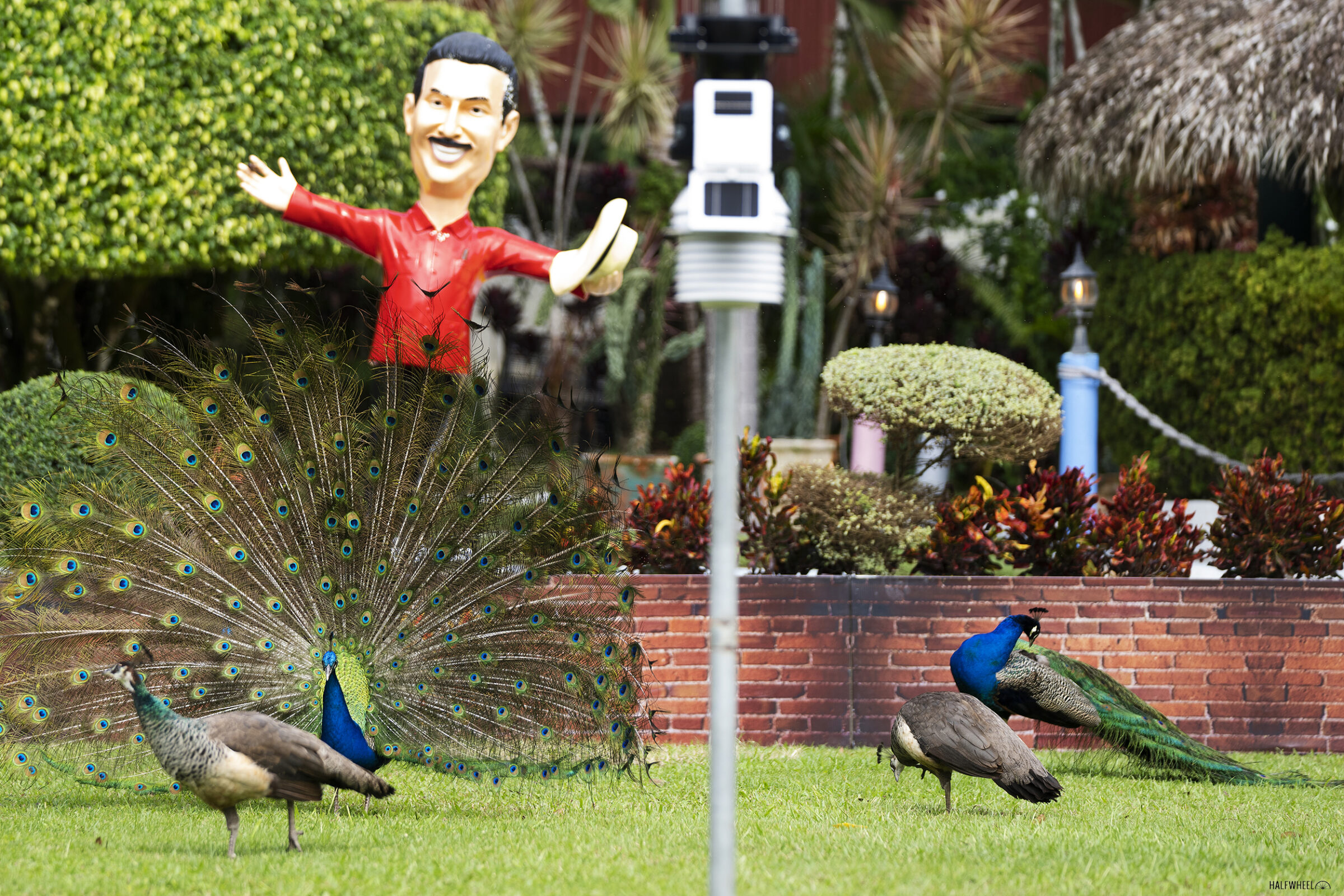
All of this is done free of charge.
The Fuente and Newman families pay 100 percent of the administration costs of operating the foundation. They also sell cigars like the Toast Across of America packs, which generate $50 per pack for the foundation. Other companies like Prometheus and Hublot have made considerable donations. Many of our readers, knowingly or not, have contributed to the foundation by buying certain cigars. You can also donate directly.
The end result is a bonafide positive for the cigar industry. While Chateau de la Fuente is objectively beautiful, the Cigar Family Charitable Foundation is exponentially more impressive. Every time I’ve visited, Fuente Jr. has mentioned that long after he—and I—are gone, the impacts of the foundation will still be felt.

When I first went on this tour, there weren’t even enough people to fill up a small bus. What was likely less than a dozen visitors is now nearly 100 guests. As such, the tour has had to change because the classrooms aren’t able to hold 40+ adults. Instead, this year’s tour seemed to focus on more common areas and moved at a much quicker pace through the school buildings themselves.
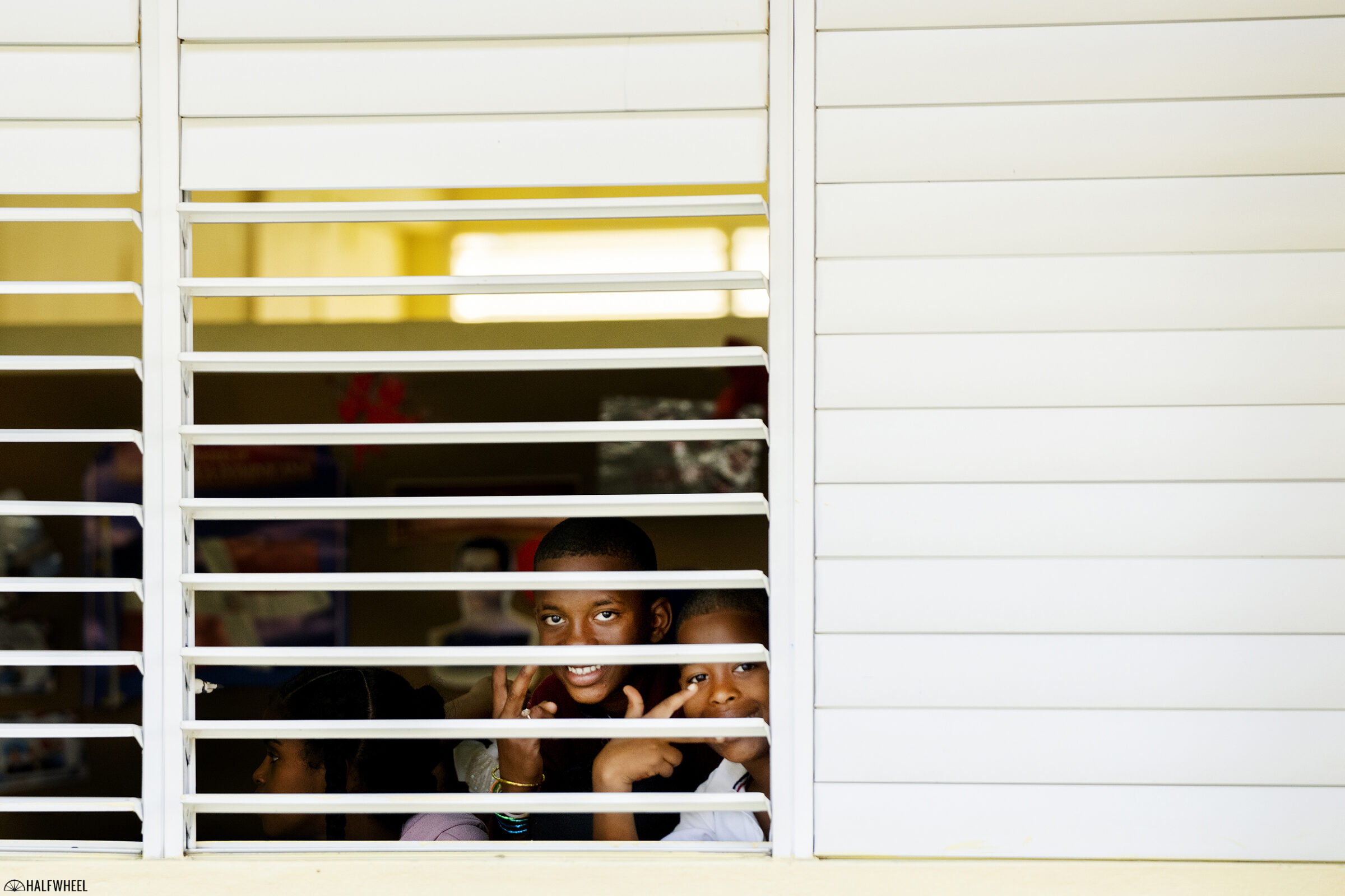
While I would be lying if I told you I remembered specific students, there is a sense that regularly returning to the school means I get to watch some of these kids grow up. If nothing else, I get to see the younger students and know that in a few years, they will be the older students in different uniforms, sitting in different classrooms, presenting different programs. I also seemingly find the same locations to photograph but with a new cast of students.

As was the case on all five of these tours I’ve taken, the group was eventually led to a large pavilion for a combination of song, dance and karate. This part of the program seemed much grander than before.
Tony Kattengell’s booming voice picked up the microphone to introduce the karate team, a program he started well over a decade ago. Perhaps the highlight of the karate portion was a green belt promotion done in front of a large audience of both visitors and students.
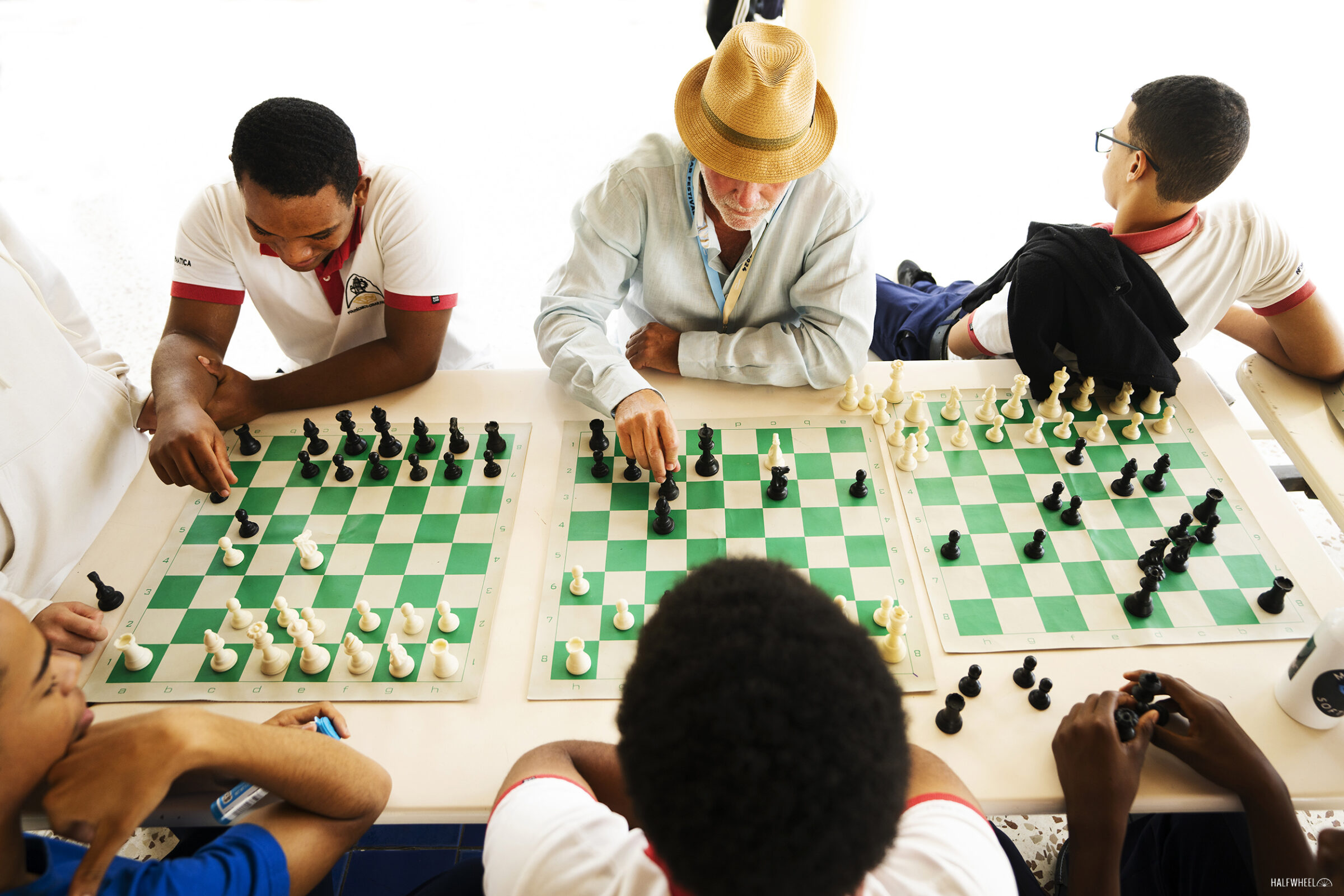
A table full of chess games was going on in the back of the pavilion, and I saw at least one Procigar guest challenge the students on their home turf.
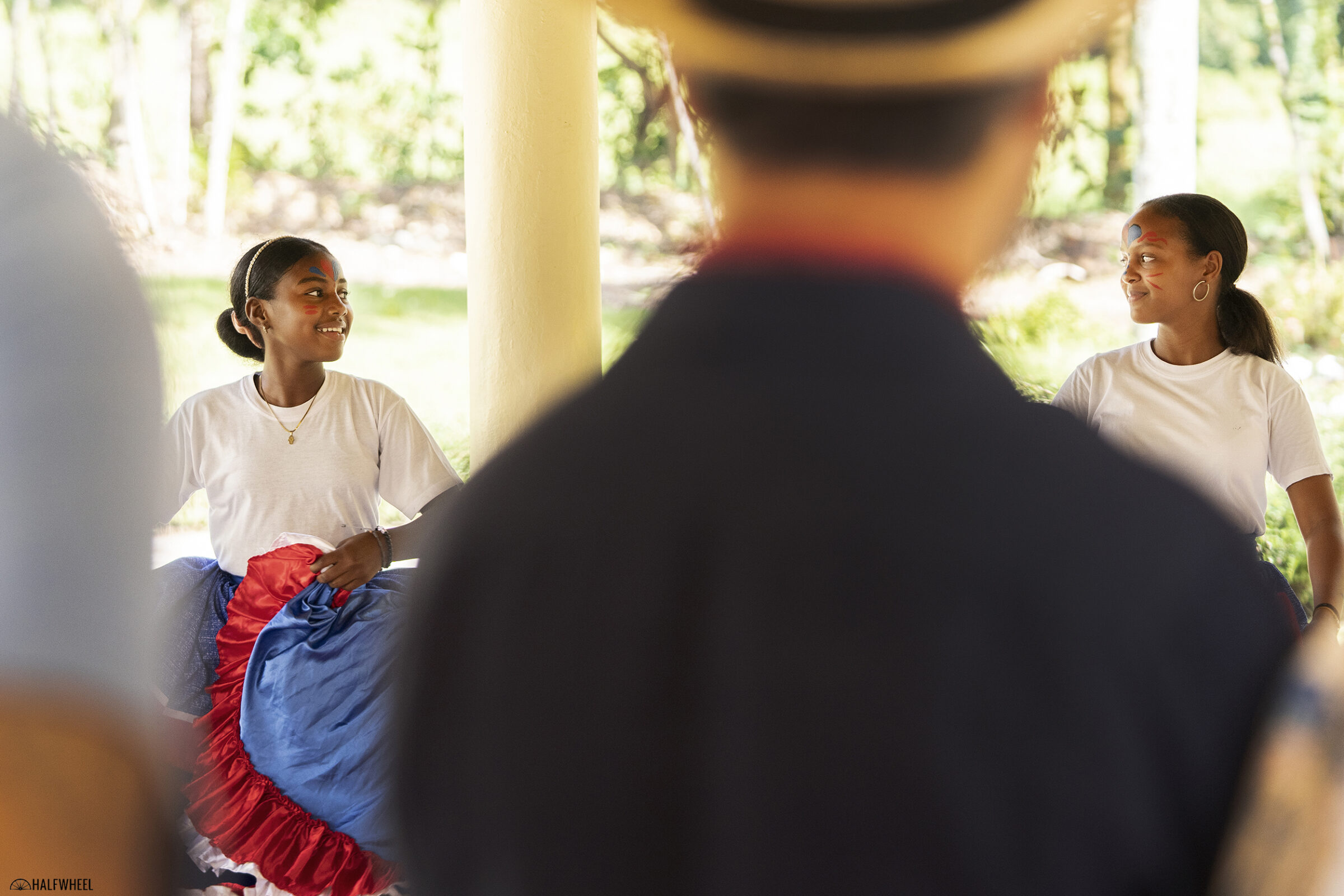
It’s Carnival season in the Dominican Republic, with the big day next Tuesday. As such, elaborate Carnival costumes were worn by dancers. Some of the younger students seemed generally scared by some of the dancers.
As an avid reader of (non-cigar) news, there are days when I find it difficult to keep reading the virtual newspaper. I don’t think there’s more bad in the world today than before, but media outlets are typically asked to generate viewership metrics, and it turns out, writing about people doing bad things typically gets more views than writing about people doing good things.
This is not my stand against this. I don’t go on the tour because it gives you the most or best cigars; I was told once again some guests were not given a single cigar, which isn’t great. I choose to go on the Cigar Family Charitable Foundation tour for me. As Jamilet Calviño once told me, “we (at Cigar Snob) don’t post pictures from this, this is for us.” I go here because it’s one of the few places on earth that makes me feel better about the world, each and every time. 100 percent success rate.
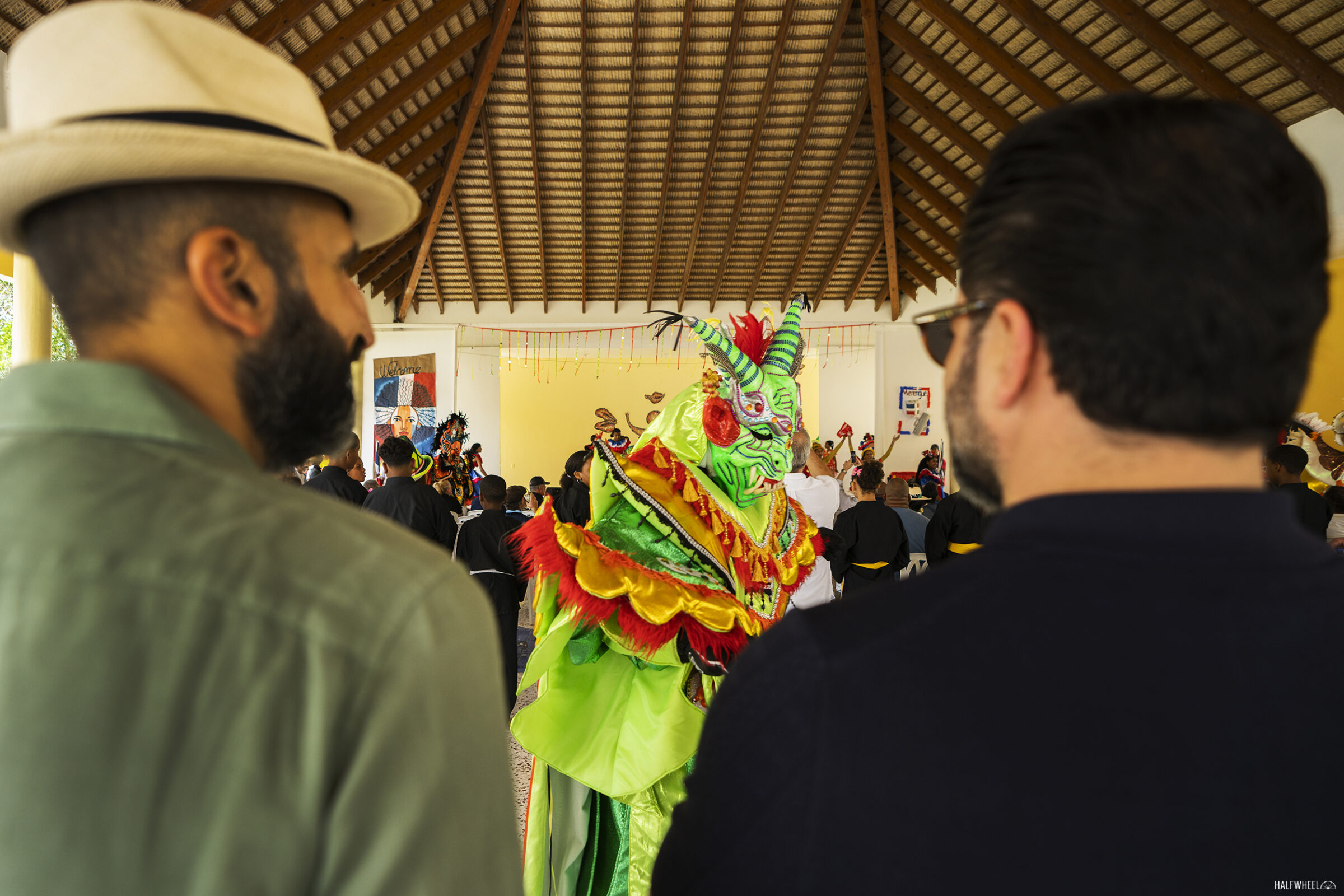
The microcosm of the tour is best captured in this photograph: Procigar visitors, a Carnival dancer, the karate team at attention and dancers in traditional Dominican outfits on stage. At one point, it felt like there were hundreds of kids in simultaneous movement. It’s an energy, one I cannot find inside of a cigar factory or walking through fields.
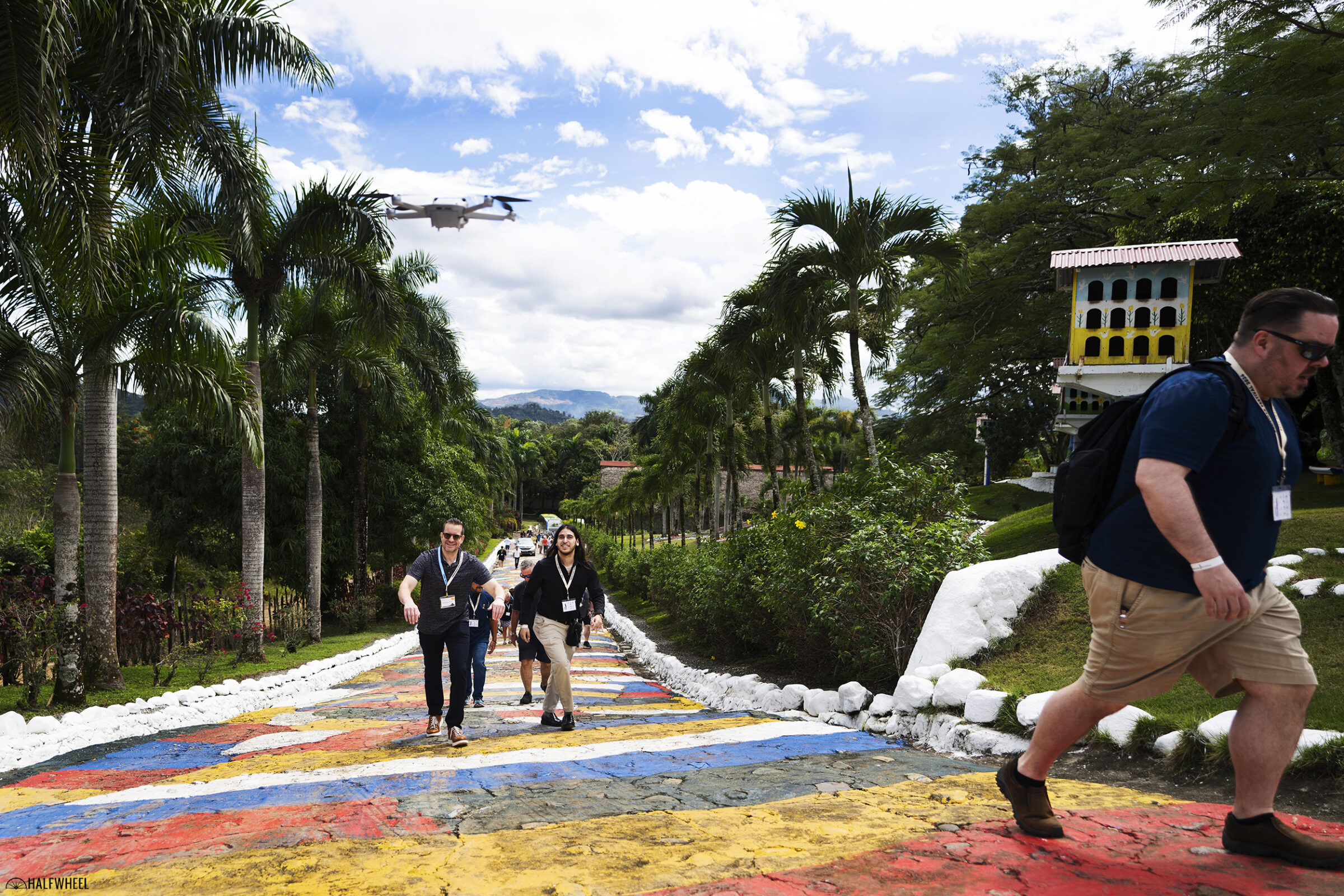
After that, we headed to the farm, heading to the top of the hill for refreshments and a view. Low-flying drones were rather common during the tour, seemingly with no crashes.
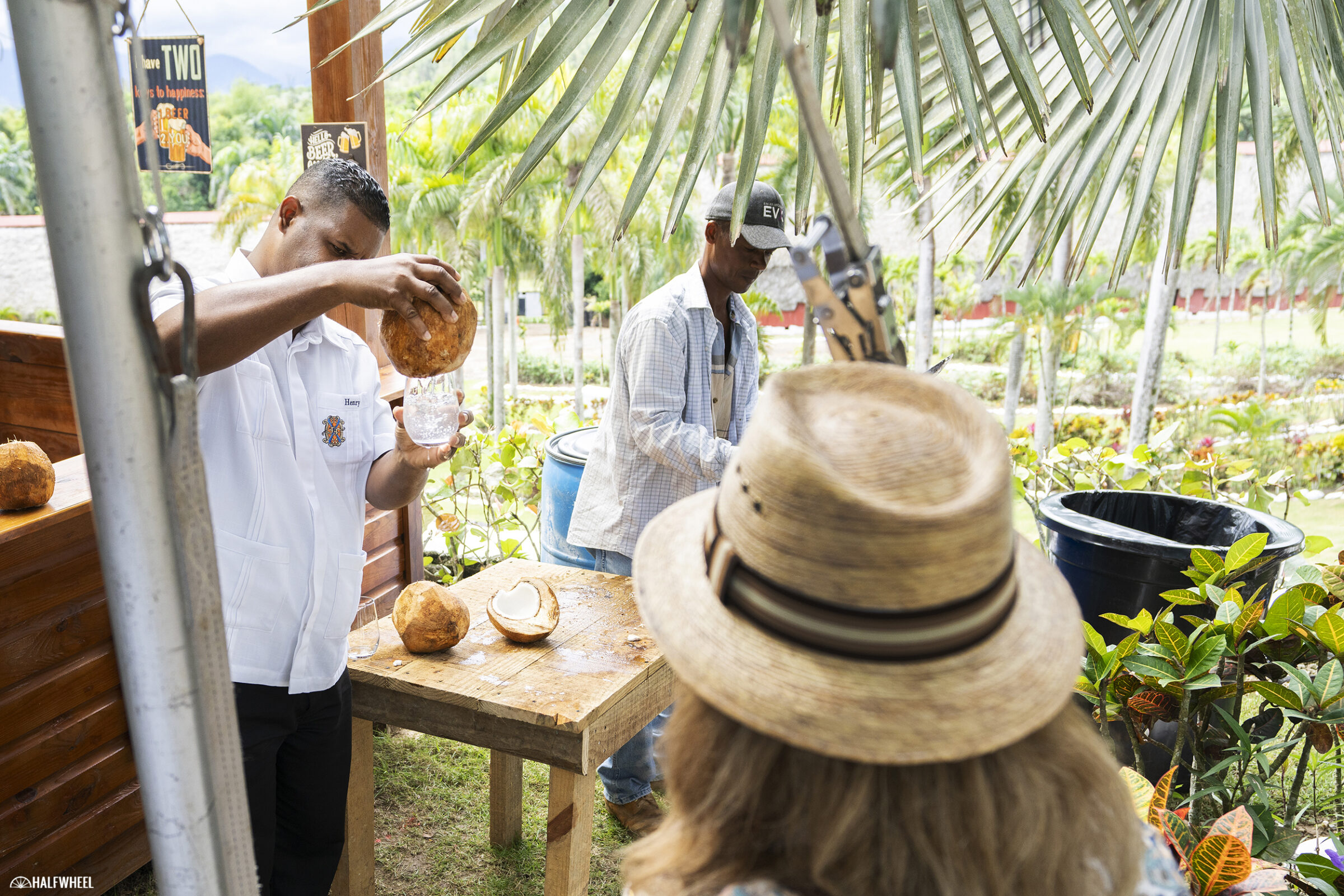
Beverages of all kinds, snacks, and fresh coconut were served while people tried to soak in as much of the sprawling farm as they could see. On one hand, Chateau de la Fuente is perhaps the most photogenic tobacco farm; on the other hand, it’s helpless trying to photograph it because it’s impossible to see its details in 100 photographs, let alone one. One interesting addition this year: peanuts were served. The peanuts were planted at the farm, as the company uses them to help replenish the nutrients in the soil.
After speeches by Fuente Jr. and Eric Newman, we headed back down the hill to the Hemingway House and lunch. Unfortunately, the rain started, which meant there weren’t going to be visits to the tobacco field proper, though I was able to walk by some greenhouses.
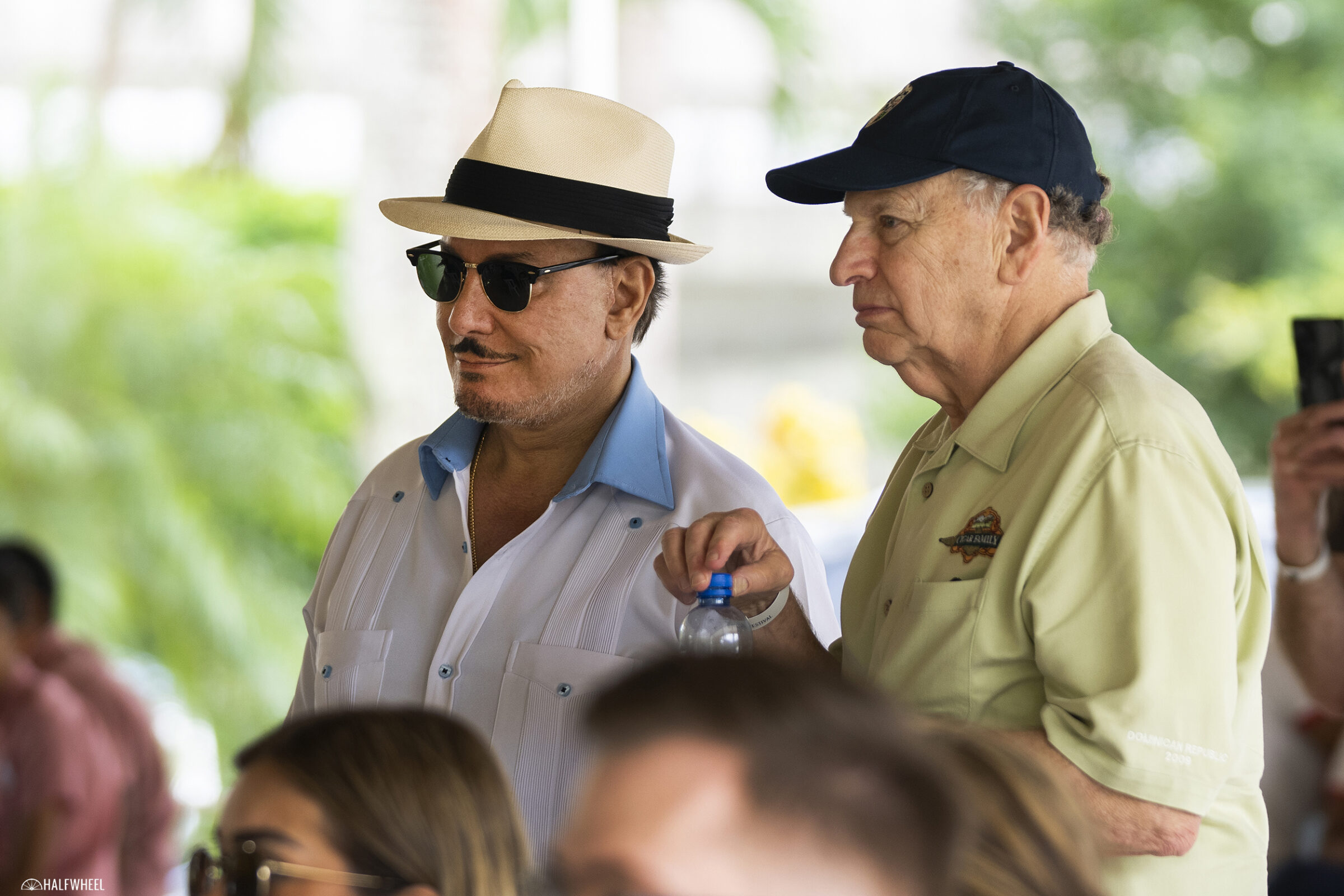
Lunch and drinks were served. While the food, as always, was very good, I was most happy to see a legitimate espresso set-up and grabbed a shot.
I had hoped to make it back for an afternoon seminar hosted about the importance of wrapper tobacco, which featured David Perez of ASP, one of the largest growers of cigar tobacco. While David has always been friendly to me, he’s never seemed like one interested in broadcasting to the world what his family’s company does. Unfortunately, it was not meant to be. By the time I got back to the hotel, the question was not whether I’d make it to the seminar but instead, whether I’d make it to dinner on time.
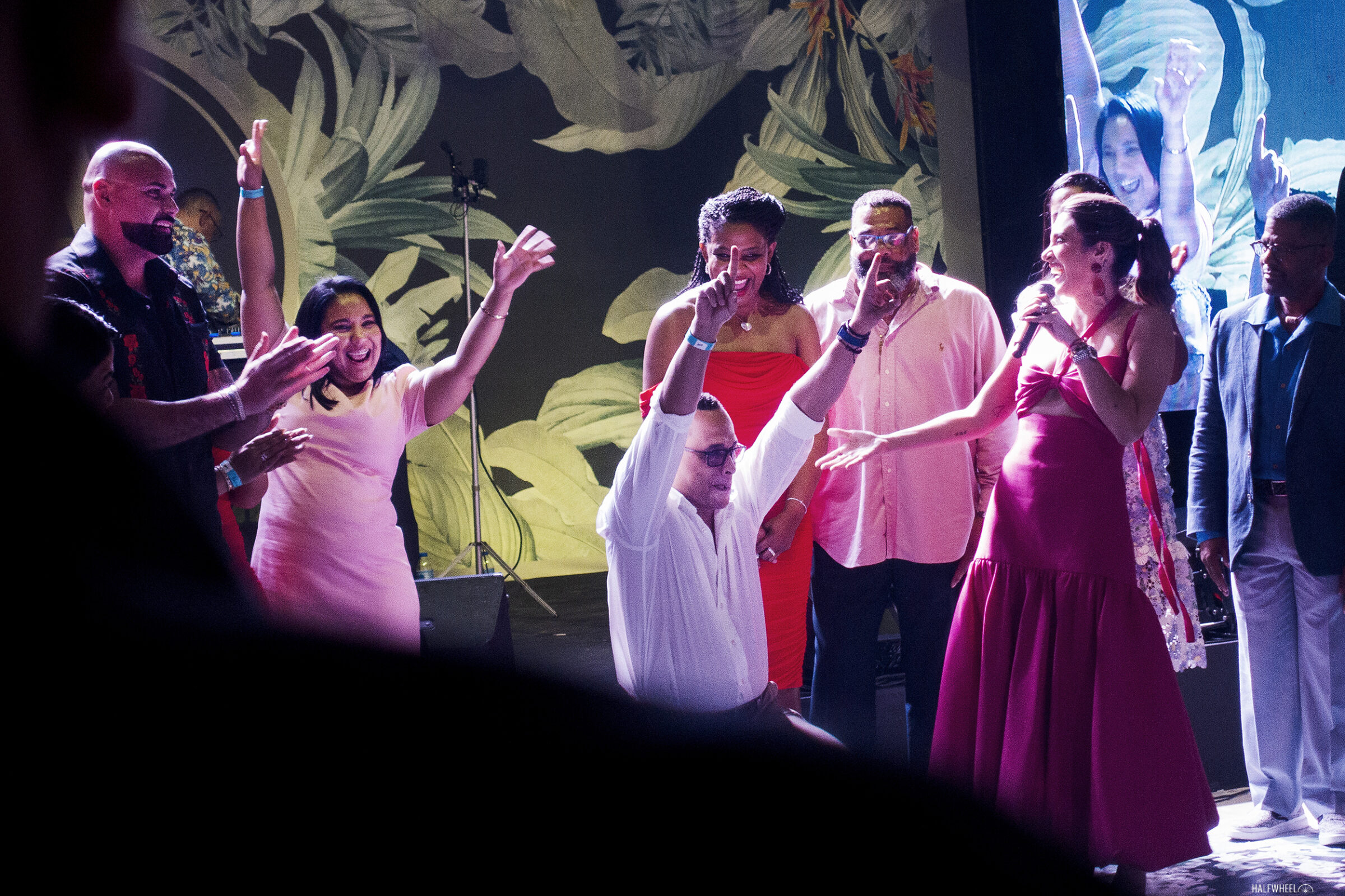
The Wednesday night dinner has historically been the least of the three nights. Thursday night is the star of the whole event, Friday night is the most formal and features the energy of the auction and a churro truck. The highlight of Wednesday night’s dinner is typically the dance competition, something in which I once finished second. (To be clear, I have zero rhythm and was kept in the competition solely for the amusement of various Procigar members.) But beyond that, it’s kind of just a big party.
While the previous Wednesday night dinners were never a bad party, this year felt noticeably better. Perhaps it was the music choices leaning a bit more modern—perhaps it was that they found a way to make the music Nicaragua loud—but the energy in the pavilion felt more alive than ever. People were dancing everywhere, and I was told tickets were sold out. Not too long ago, only Thursday night’s dinner would sell out.
So that was Wednesday, and as I write this, it’s now 96 minutes into Thursday. Tomorrow, I’ll be off to the only Procigar member whose factory I have not been to: Arnold André.
Disclosure: Procigar covers the cost of my registration, which includes my hotel stay.

